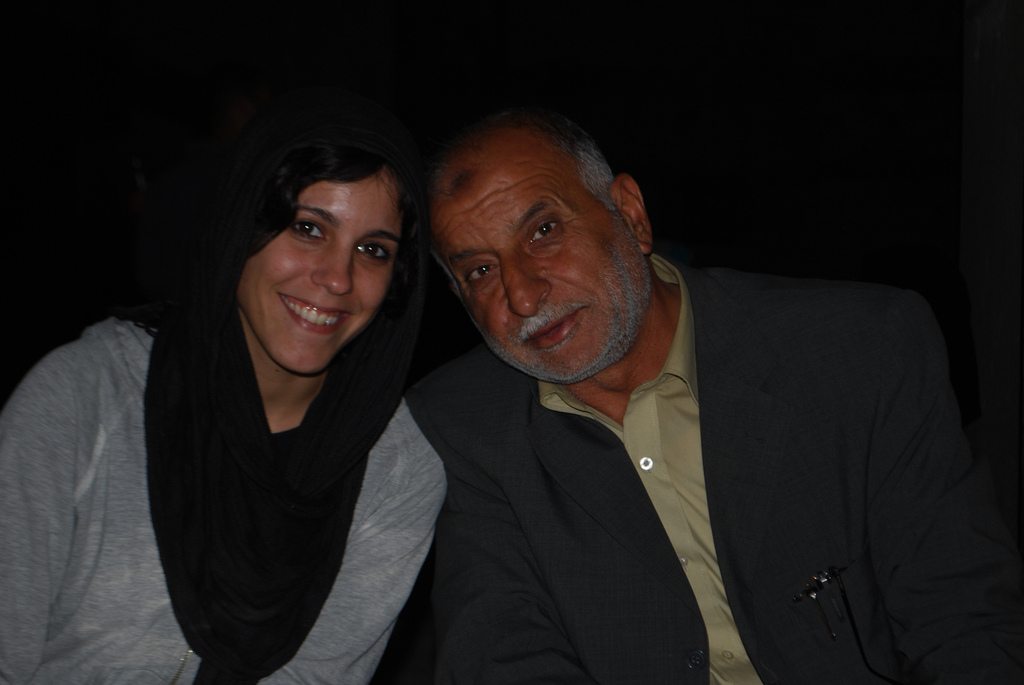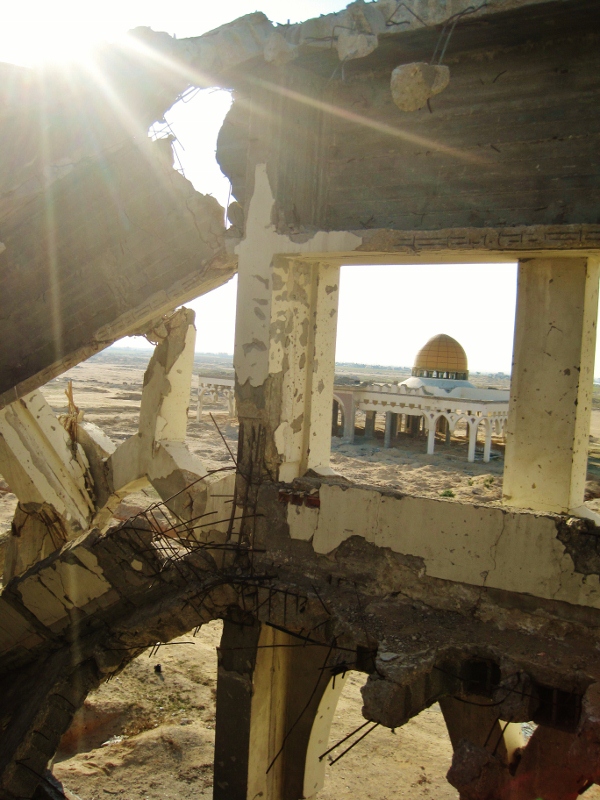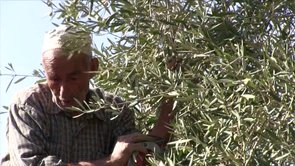Tag: Buffer Zone
-
A portrait of steadfastness in the Gaza Strip’s deadly “buffer zone”
21st October 2013 | International Solidarity Movement, Charlie Andreasson | Gaza, Occupied Palestine An older man meets us when we step out of the taxi, a patriarch, his back straight, with a firm handshake and a welcoming smile. The other activists I shared a taxi with have all been there before, and we sit with no…
-
The Gaza Strip is closed and more besieged than ever
18th October 2013 | 3deVuit, Maria del Mar Fernández | Gaza, Occupied Palestine Israel continues to maintain a full, tight closure by land, sea, and air, on the only coastal enclave left to Palestine. This has become even worse since July, as the Egyptian government closes the Rafah crossing on a regular basis and has destroyed many…
-
Video: The olive harvest in the Gaza Strip, 2013
16th October 2013 | International Solidarity Movement, Gal·la | Gaza, Occupied Palestine Palestinians in the Gaza Strip harvest olives during the month of October. Several years ago, a large amount of land was planted with olive trees. They were completely destroyed by Israeli bulldozers, and Palestinians were prevented from replanting them by the so-called “green line.” Today…



